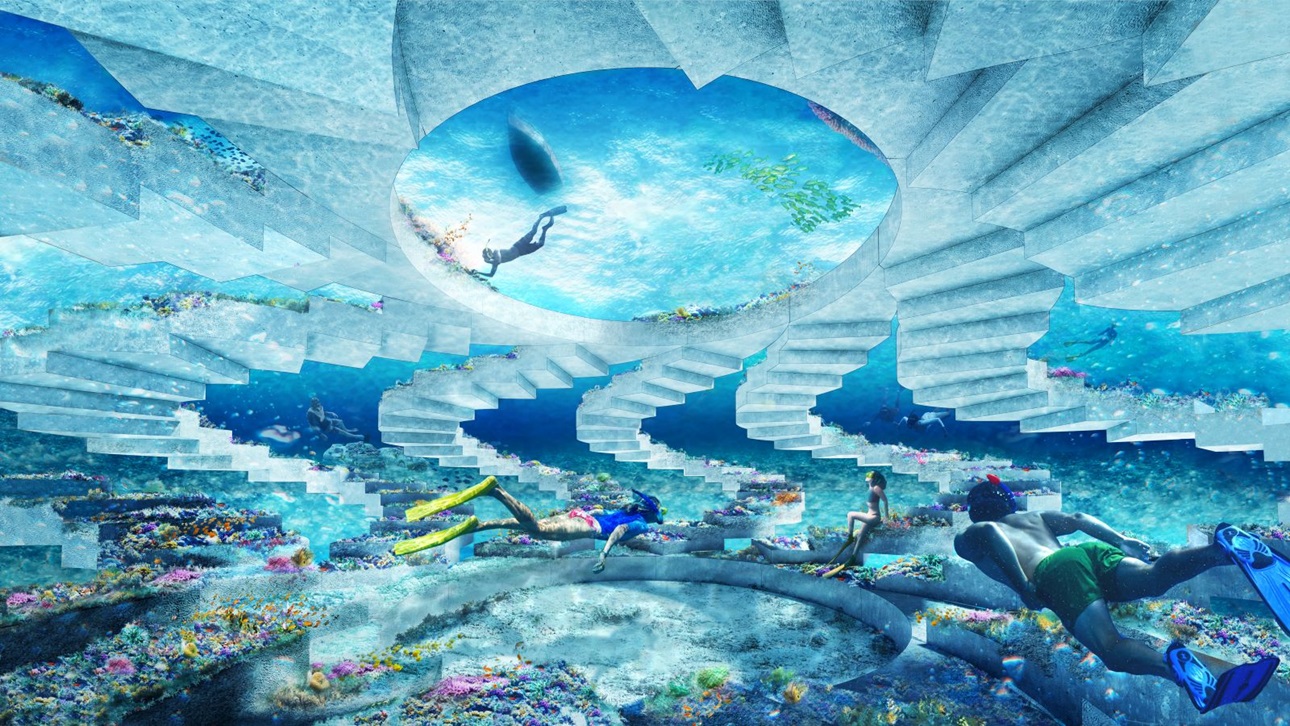Creative Placemaking: Recommendations from and Impact of Six Advisory Services Panels

ULI has conducted over 800 Advisory Service Panels (ASPs) dating to the program launch in 1947. What has been the impact of implemented panel recommendations?
Further, ULI has seen a growing demand for creative placemaking expertise among panel skills? How has implemented panel recommendations involving art and culture helped to solve tough panel challenges posed by sponsors?
This new report provides piercing insights in response to these questions. The six ASPs, culled from 20, after deep primary and secondary research, put a spotlight on the social, economic and environmental and health impact of implemented panel recommendations that involved leveraging art, culture, and creativity in the built environment.
These ASPs, as case studies, address a wide range of land use challenges:
Downtown South, Raleigh, North Carolina, a new mixed-use development surrounded by two diverse and well-established neighborhoods – one predominately white the other, Black
Second Avenue, Nashville, Tennessee, restoration of a treasured historical street devastated by a bombing that defaced many of its grand Victorian buildings
Charity Hospital, New Orleans, Louisiana, the rebuild of a beloved hospital shuttered after Hurricane Katrina (2005) and a community still mourning its loss
Stormwater Management and Climate Adaptation, Miami Beach, Florida, a commitment to a resilient city, as well as its art, aesthetics, and community, situated between warm turquoise waters - ocean and bay, battling the effects of climate change
Shaw University, Raleigh, North Carolina, the strategic leverage [of] its vast real estate assets and preservation of its history and culture in the midst of a rapidly expanding city
Christiansted, St. Croix, U.S. Virgin Islands, recovery from two back to back storms, achieving economic vibrancy through a focus on climate resilience, rebuilding within, and placekeeping
This report highlights the essence of each panel, spotlights recommendations that led with creative placemaking, discusses post-panel impact of implemented recommendations, and shares the wisdom of lessons learned as a roadmap to successful outcomes. The stories that emerged from this research illuminate how creative placemaking contributes to equitable development and aligns with ULI’s commitment to DEI—diversity, equity, and inclusion—in real estate.
The report is intended to serve as both a marketing tool that demonstrates the breadth of the ULI panel process capacity and an educational tool to highlight the multiplicitous value of creative placemaking on real estate development projects.
Report Summary: ULI has conducted over 800 Advisory Service Panels (ASPs) dating to the program launch in 1947. What has been the impact of implemented panel recommendations?
Further, ULI has seen a growing demand for creative placemaking expertise among panel skills? How has implemented panel recommendations involving art and culture helped to solve tough panel challenges posed by sponsors?
This new report provides piercing insights in response to these questions. The six ASPs, culled from 20, after deep primary and secondary research, put a spotlight on the social, economic and environmental and health impact of implemented panel recommendations that involved leveraging art, culture, and creativity in the built environment.
These ASPs, as case studies, address a wide range of land use challenges:
Downtown South, Raleigh, North Carolina, a new mixed-use development surrounded by two diverse and well-established neighborhoods – one predominately white the other, Black
Second Avenue, Nashville, Tennessee, restoration of a treasured historical street devastated by a bombing that defaced many of its grand Victorian buildings
Charity Hospital, New Orleans, Louisiana, the rebuild of a beloved hospital shuttered after Hurricane Katrina (2005) and a community still mourning its loss
Stormwater Management and Climate Adaptation, Miami Beach, Florida, a commitment to a resilient city, as well as its art, aesthetics, and community, situated between warm turquoise waters - ocean and bay, battling the effects of climate change
Shaw University, Raleigh, North Carolina, the strategic leverage [of] its vast real estate assets and preservation of its history and culture in the midst of a rapidly expanding city
Christiansted, St. Croix, U.S. Virgin Islands, recovery from two back to back storms, achieving economic vibrancy through a focus on climate resilience, rebuilding within, and placekeeping
This report highlights the essence of each panel, spotlights recommendations that led with creative placemaking, discusses post-panel impact of implemented recommendations, and shares the wisdom of lessons learned as a roadmap to successful outcomes. The stories that emerged from this research illuminate how creative placemaking contributes to equitable development and aligns with ULI’s commitment to DEI—diversity, equity, and inclusion—in real estate.
The report is intended to serve as both a marketing tool that demonstrates the breadth of the ULI panel process capacity and an educational tool to highlight the multiplicitous value of creative placemaking on real estate development projects.


